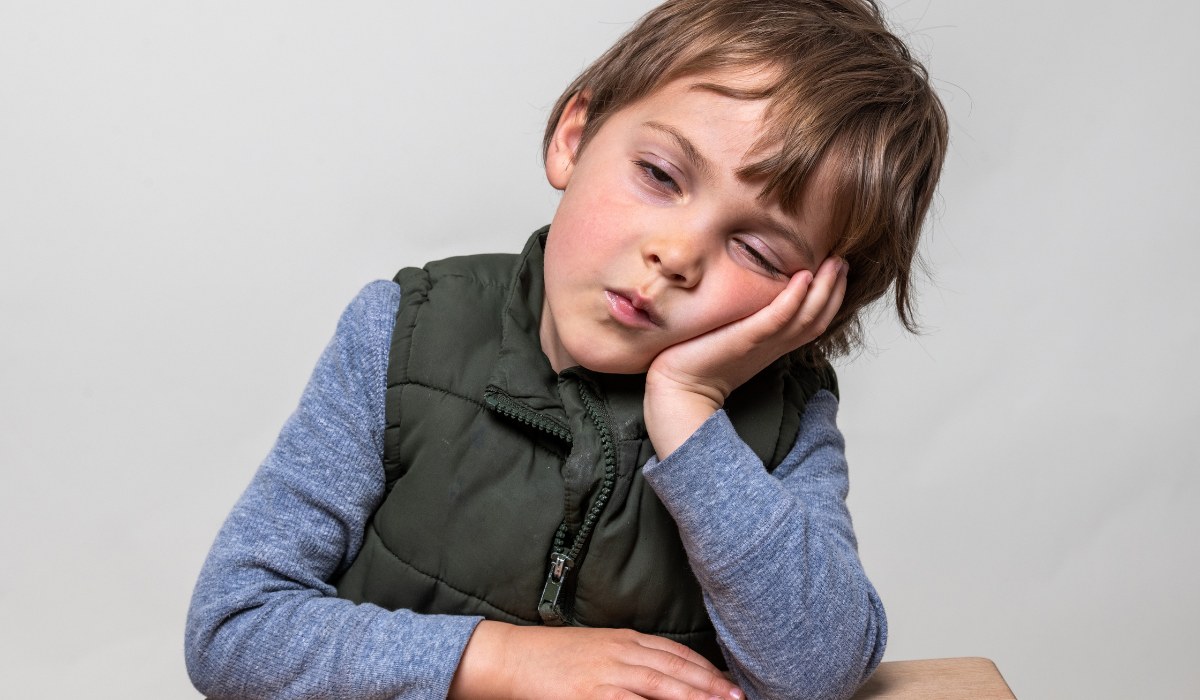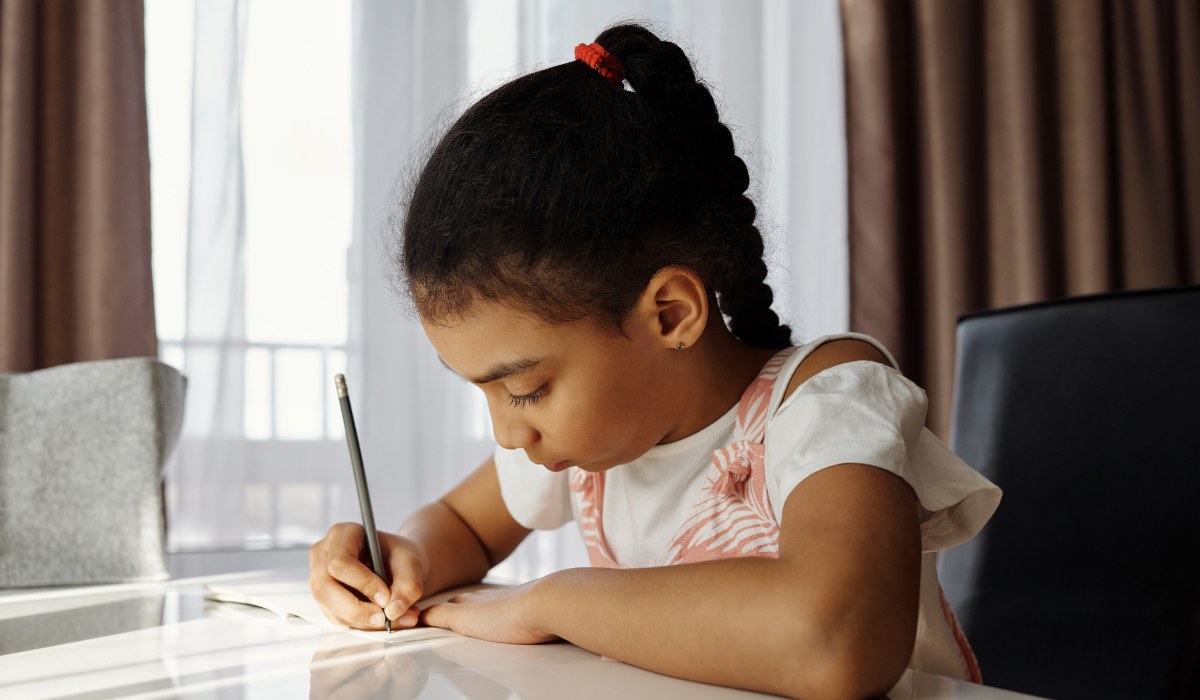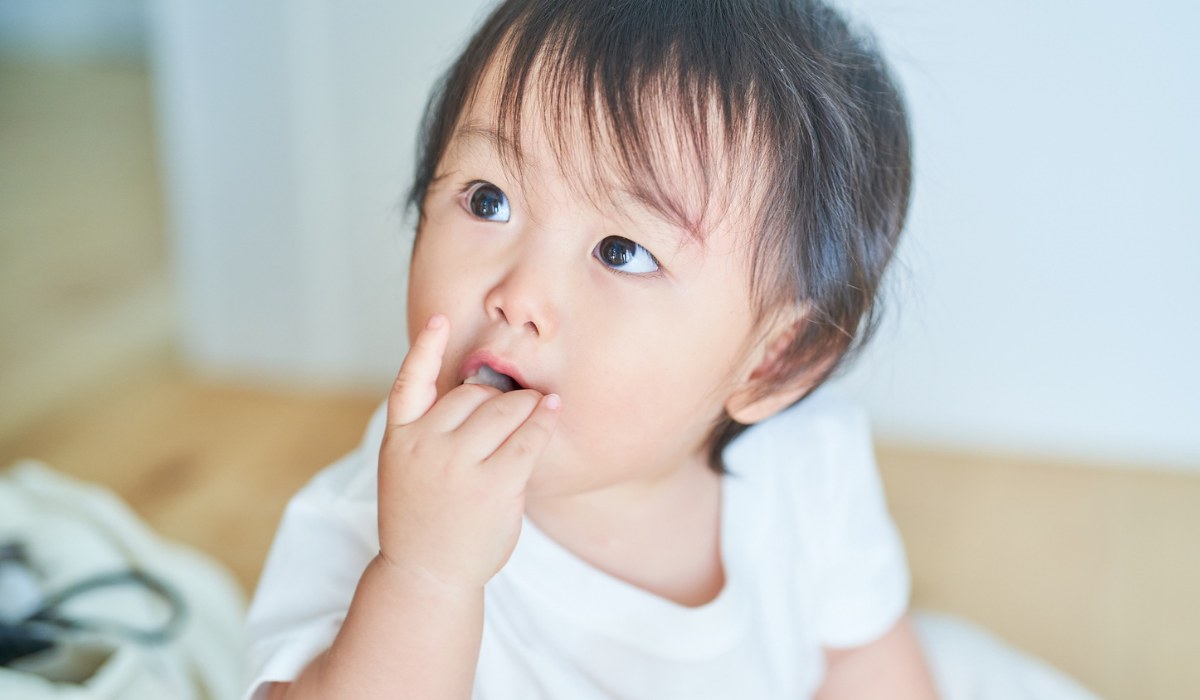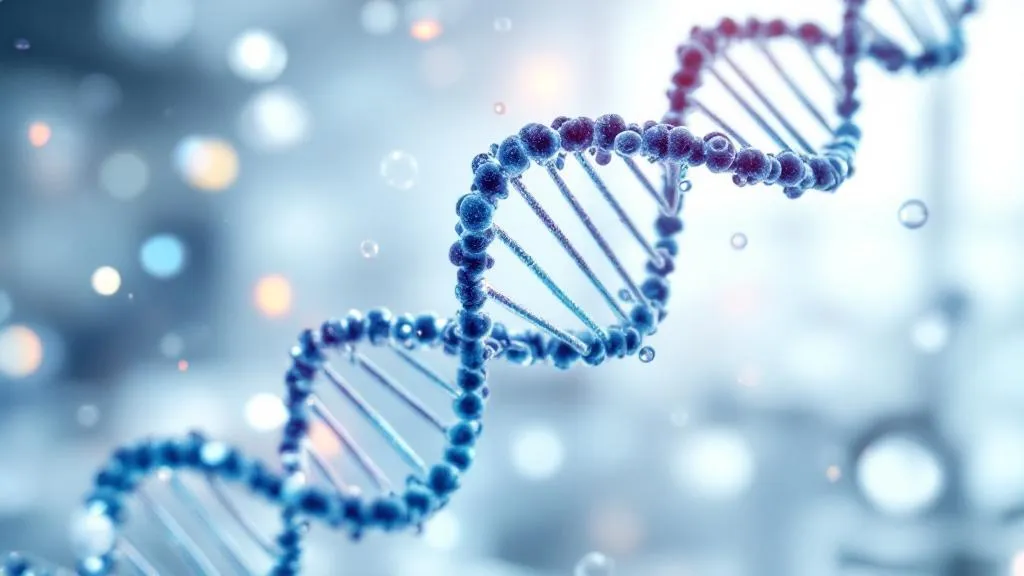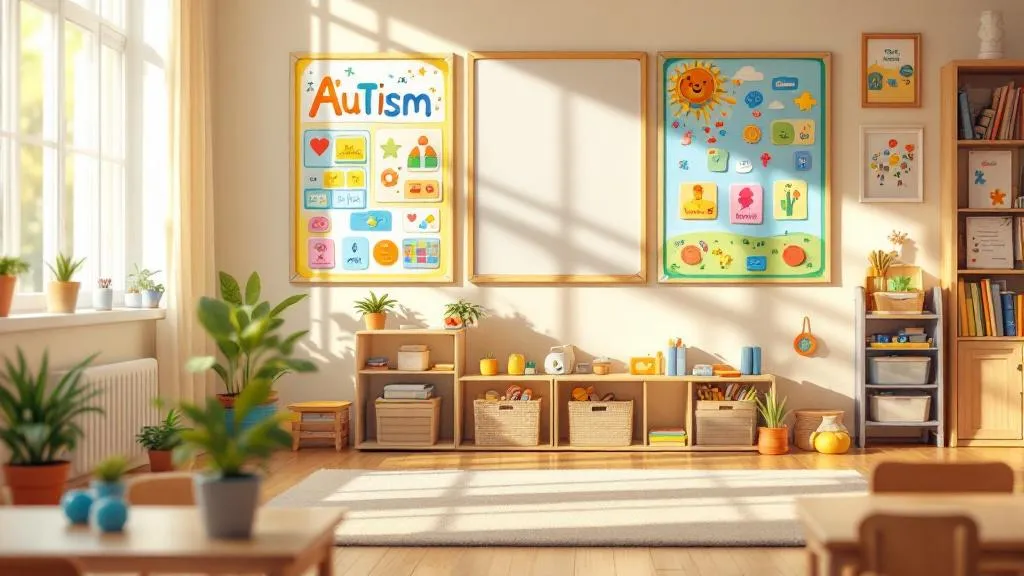5 Autistic Child Traits by the Age of 3
Recognizing Early Autism Signs in Young Children

Understanding the Traits of Autism in Preschool Age
Autism spectrum disorder (ASD) manifests through a variety of traits that can often be observed as early as age 3. Recognizing these signs early on is crucial for timely intervention, which can significantly improve developmental outcomes. This article highlights the five key autism traits most commonly seen in children by the age of 3, supported by insights from trustworthy sources, to help parents, caregivers, and educators identify potential red flags and seek appropriate assessments.
Key Facts List: Early Signs and Symptoms of Autism in 3-Year-Olds
- Limited or inconsistent eye contact is a common early sign indicating potential social communication difficulties.
- Children with autism may ignore their name and show lack of response to social cues like gestures or facial expressions.
- Repetitive behaviors such as spinning objects, hand-flapping, or lining up toys are characteristic at age 3.
- A strong preference for routines and distress at changes are typical signs of autism in young children.
- Delayed speech or echolalia (repetition of words or phrases) signals language development issues.
- Children displaying sensory sensitivities may react intensely to lights, sounds, textures, or smells.
- Red flags include skill regression, where a child loses language, social skills, or play behaviors previously acquired.
- Signs also include limited social interactions and avoiding eye contact during communication.
- Children with autism may focus intensely on specific interests or objects, often in a fixed manner.
- Early detection through observation and tools like M-CHAT can lead to timely intervention, improving developmental outcomes.
1. Limited Social Engagement and Eye Contact
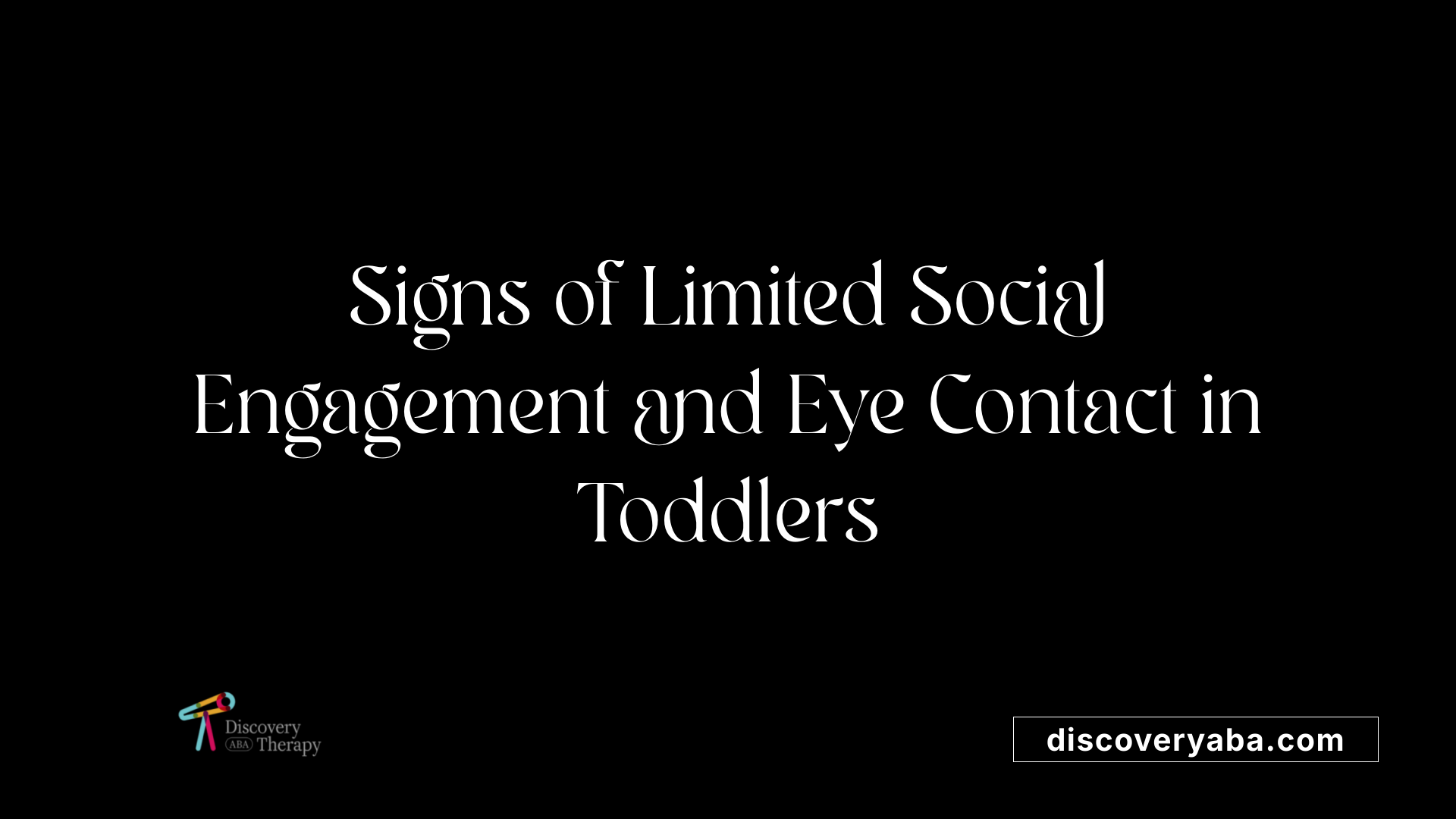
What are the early signs of autism in a 3-year-old?
In children around the age of three, certain behaviors can serve as early indicators of autism spectrum disorder (ASD). One of the most notable signs is limited or inconsistent eye contact. Many children with autism tend to avoid looking directly at people, including their caregivers, which can be a sign of social communication difficulties.
Another common early sign is a lack of response to their name. Typically developing children usually react when called by name by around 6 to 12 months, whereas children with ASD may ignore their own name, showing less awareness of social cues.
Playing alone and withdrawal from social interactions is also observed. Instead of engaging with peers or joining group activities, children on the spectrum might prefer solitary play or seem indifferent to others' presence.
Repetitive behaviors, such as spinning objects or lining up toys, are frequently seen in young children with autism. These behaviors often become prominent before age three and can be a sign of sensory processing differences.
Language delays or regressions are significant as well. Some children may start speaking normally but then lose speech skills or fail to develop words and phrases at the expected age.
Sensory sensitivities can also be early signs. Children might react intensely or unusually to lights, sounds, textures, or smells. For example, avoiding physical contact, covering ears in noisy environments, or seeking intense sensory input.
Recognizing these behaviors early is crucial. When combined, these signs suggest the need for a comprehensive evaluation by healthcare professionals. Early diagnosis allows for timely intervention, which can significantly improve developmental outcomes.
Awareness campaigns and screening tools like the Modified Checklist for Autism in Toddlers (M-CHAT) help parents and doctors identify children at risk. Early intervention programs involving behavioral therapy, speech therapy, and occupational therapy can support children in reaching their full potential.
2. Repetitive Behaviors and Routines
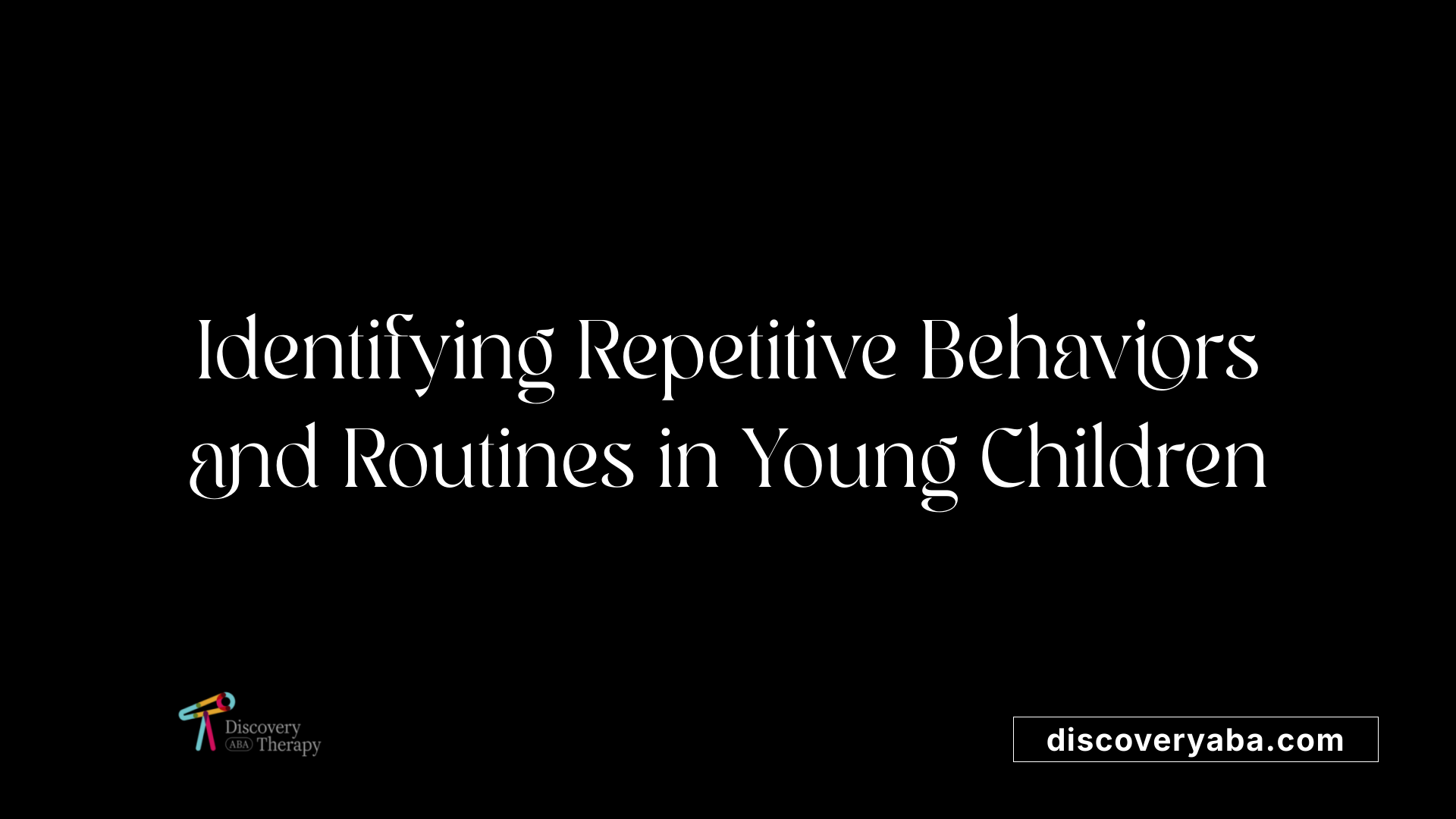
What do symptoms of autism look like in young children, specifically around age 3?
At about age 3, children with autism often display a range of behaviors that can stand out to attentive parents and caregivers. These signs include limited eye contact during interactions, making it difficult for them to engage with others socially.
Repetitive behaviors are a hallmark of autism at this age. Children might flap their hands, spin objects, or rock back and forth, actions that may seem quirky but are quite typical in children with ASD. They also tend to line up toys or insist on playing in exactly the same way every time, resisting any attempts to change their routine.
Another observable sign is their insistence on routines. These children often become upset or distressed when their daily schedule or environment changes unexpectedly. They may throw tantrums or become agitated if routines are disrupted.
Speech development can also be delayed, and many children may echo words or phrases heard from others, a behavior called echolalia. They might repeat lines from movies or conversations repeatedly, instead of engaging in spontaneous speech.
Sensory sensitivities are common and can cause children to overreact or underreact to sensory input. For example, sounds that seem normal to others may be overwhelming or ignored by children on the spectrum. Their responses to light, textures, or touches can also be unusual.
Finally, their play tends to be fixed and repetitive rather than imaginative or pretend play typical of their peers. Instead of engaging in make-believe scenarios, they might focus intensely on specific interests, objects, or activities, often playing with the same toys in the same manner.
Early recognition of these behaviors is important for timely intervention, which can greatly improve developmental outcomes.
3. Language and Communication Difficulties
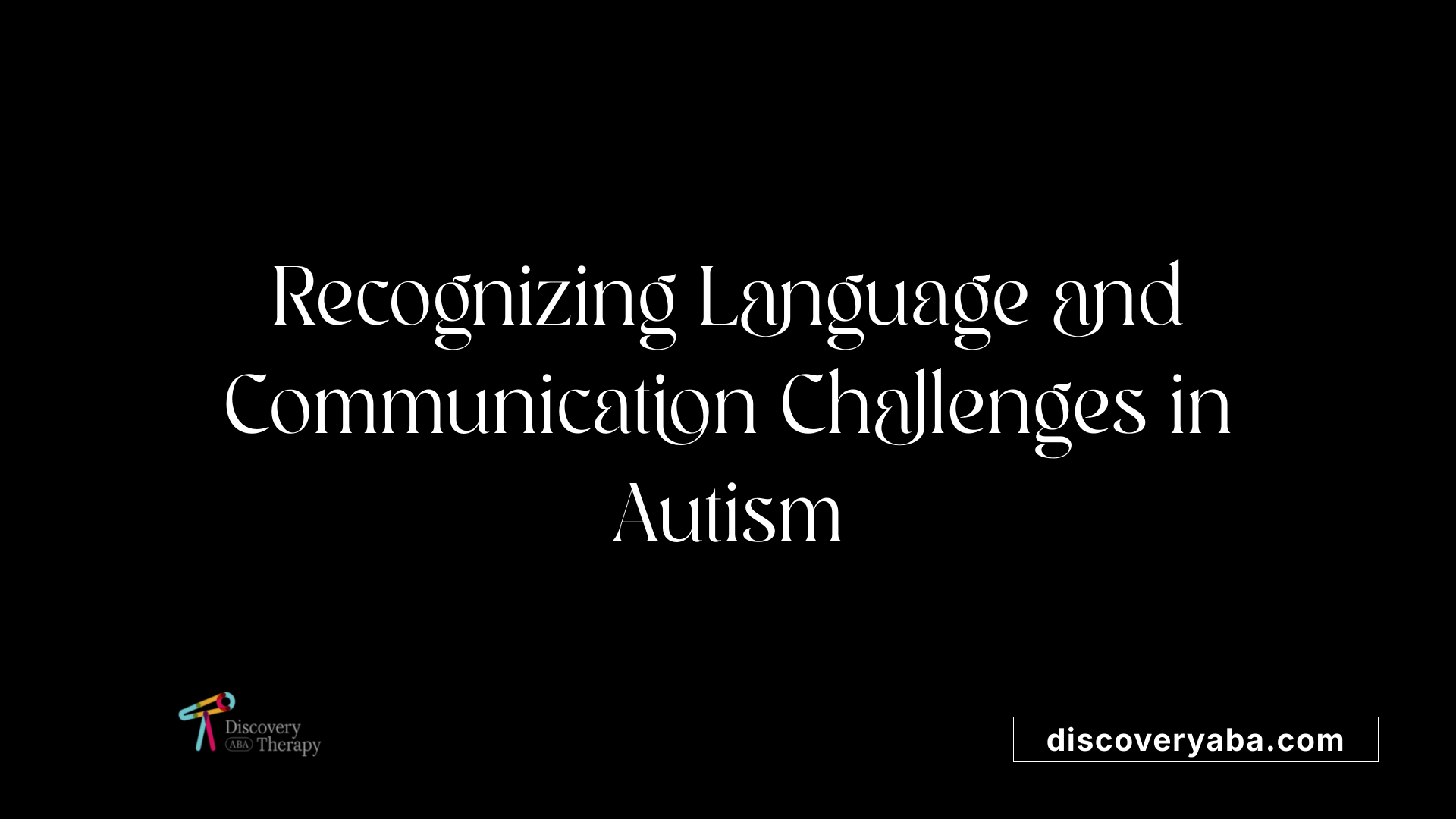
How can parents recognize early signs of autism in a 3-year-old?
Parents play a crucial role in identifying early signs of autism through careful observation of their child's communication and social behaviors. Common early indicators include limited or complete absence of gestures such as pointing, waving, or showing objects, which normally develop by the age of one or 15 months.
Delayed speech development is another significant sign. A 3-year-old with autism might speak fewer words than typical peers or may not speak at all. They may also repeat words or phrases heard from others, a behavior known as echolalia, which is often persistent.
Furthermore, children with autism may have trouble understanding questions or requests and may not respond as expected. They might show little interest in social interactions, avoiding eye contact and preferring to play alone.
Additional behaviors include difficulty expressing emotions, trouble recognizing or interpreting facial expressions and body language, and resistance to routine changes. Sensory sensitivities, such as aversion to loud noises or textures, may also be present.
Recognizing these signs early allows for timely assessment and intervention. Developmental screening tools, like the Modified Checklist for Autism in Toddlers (M-CHAT), can help flag potential concerns, prompting further professional evaluation.
Since each child develops at their own pace, it is essential to consider the overall pattern of behaviors rather than isolated signs. If several behaviors listed above are observed consistently, consulting with a healthcare provider ensures that a comprehensive diagnosis and supportive strategies can be put in place.
Early diagnosis and therapy, including speech and behavioral programs, critical for improving social and communication skills, helping children reach their full potential.
4. Sensory Sensitivities and Unusual Reactions
What are the typical signs of Asperger's syndrome in a 3-year-old?
In a 3-year-old, signs of Asperger’s syndrome—a form of autism spectrum disorder—may include notable difficulties in social interactions. These children often avoid eye contact and may show limited responses when their name is called. They might struggle to understand social cues such as gestures, facial expressions, or humor, making communication challenging.
Their speech patterns can also be unusual. Some speak in a monotone voice or repeat phrases over and over, a behavior known as echolalia. Their interests tend to be very narrow, and they may insist on following routines rigidly. These routines provide comfort but can also lead to distress if disrupted.
Emotion recognition and expression often pose a challenge, as they might display limited facial expressions or gestures, which makes it harder for others to read their feelings. Despite these social challenges, language development in terms of vocabulary and grammar usually occurs on time.
However, sensory sensitivities are a common feature. Many children with Asperger’s or autism spectrum disorder react strongly to certain sounds, textures, or lights. They may become overwhelmed or upset by loud noises or bright lights, or they might cover their ears to block out noise.
Some children may exhibit behaviors like touching objects repeatedly to seek sensory input or comfort, or engaging in repetitive motions such as hand-flapping or body rocking, which are known as stimming behaviors. These actions help them self-regulate or cope with sensory overload.
Unusual reactions to sensory input are often observed as over-responsiveness, dysregulation to stimuli that neurotypical children might ignore, or sensory-seeking behaviors. For example, a child might avoid certain textures, such as rough fabrics or messy foods, and may also become distressed by unfamiliar environments.
Understanding these sensory sensitivities is vital. They significantly impact daily life and social participation, but with proper support, children can learn effective ways to manage their reactions.
More information about sensory sensitivities in children with autism can be found by searching for terms like "sensory sensitivities in children with autism," which provides insights into how sensory issues influence behavior and development.
5. Health and Developmental Regression in Autism
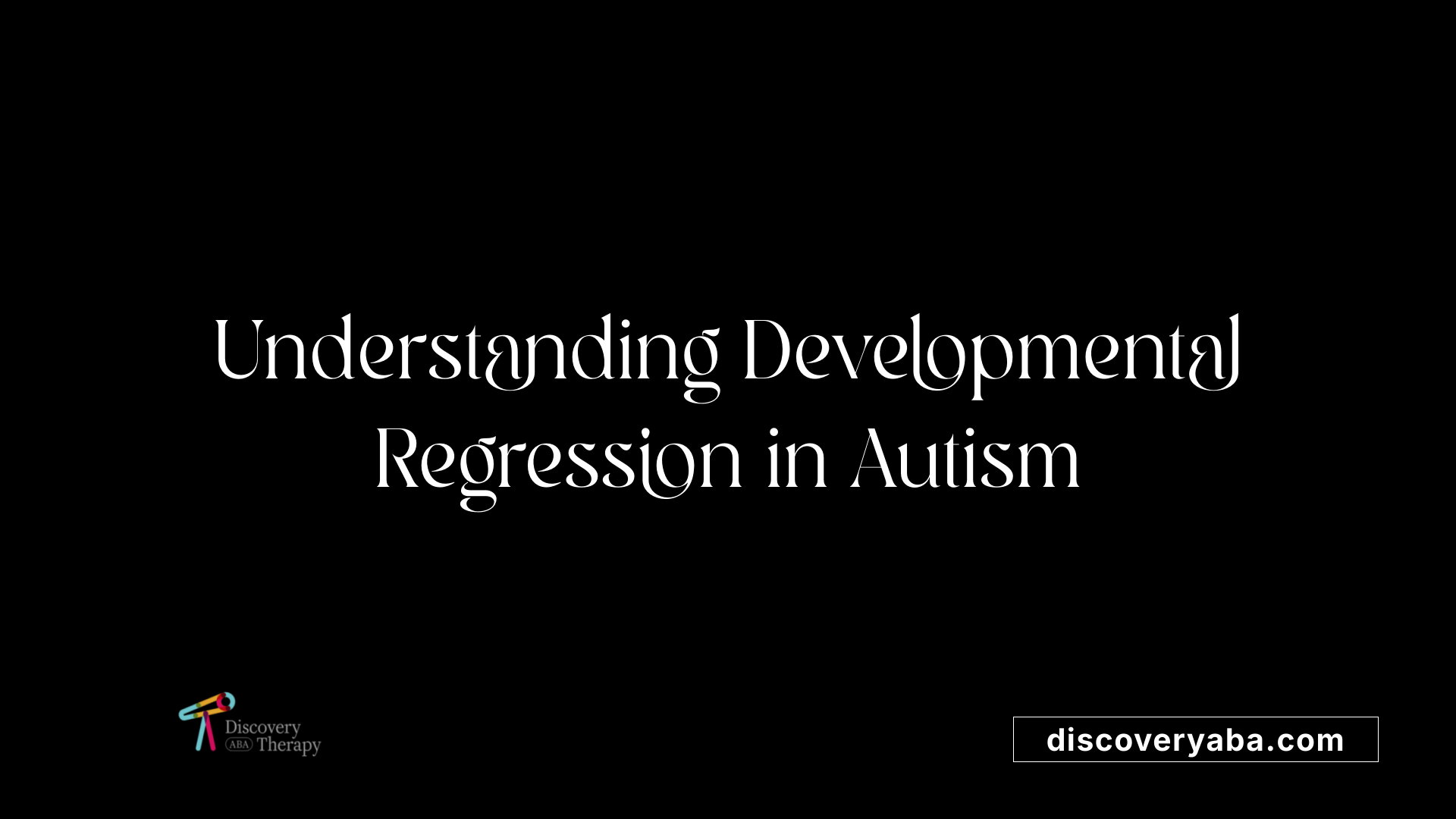
What are the symptoms of autism in young children, specifically around age 3?
Symptoms of autism in young children, particularly around the age of 3, usually involve difficulties with social interactions and communication. These children may not respond to their name, avoid eye contact, and prefer to play alone rather than with peers. They often exhibit repetitive behaviors such as hand-flapping, spinning, or lining up toys, and show strong reactions or sensitivities to sensory stimuli like sounds, lights, or textures.
Language delays are common; some children may not speak at all or might have delayed speech development. They may also use echolalia, repeating words or phrases heard from others, and have trouble understanding or using gestures like pointing or waving.
A significant red flag is skill regression. This means a child who once demonstrated typical development suddenly starts to lose skills they had previously acquired. They might stop talking, engage less socially, or withdraw from play. This regression can occur between 15 and 24 months and is an important indicator that warrants professional assessment.
Sensory sensitivities and strict adherence to routines are other signs. Children may become highly upset with changes or have intense interests in specific topics or objects. Recognizing these early signs and seeking a developmental evaluation can lead to early intervention, which greatly improves developmental outcomes.
Overall, early identification of these signs ensures that children receive appropriate support through therapies like ABA, speech therapy, and occupational therapy to help them develop vital skills and manage their challenges more effectively.
What are the early signs of autism in a 3-year-old?
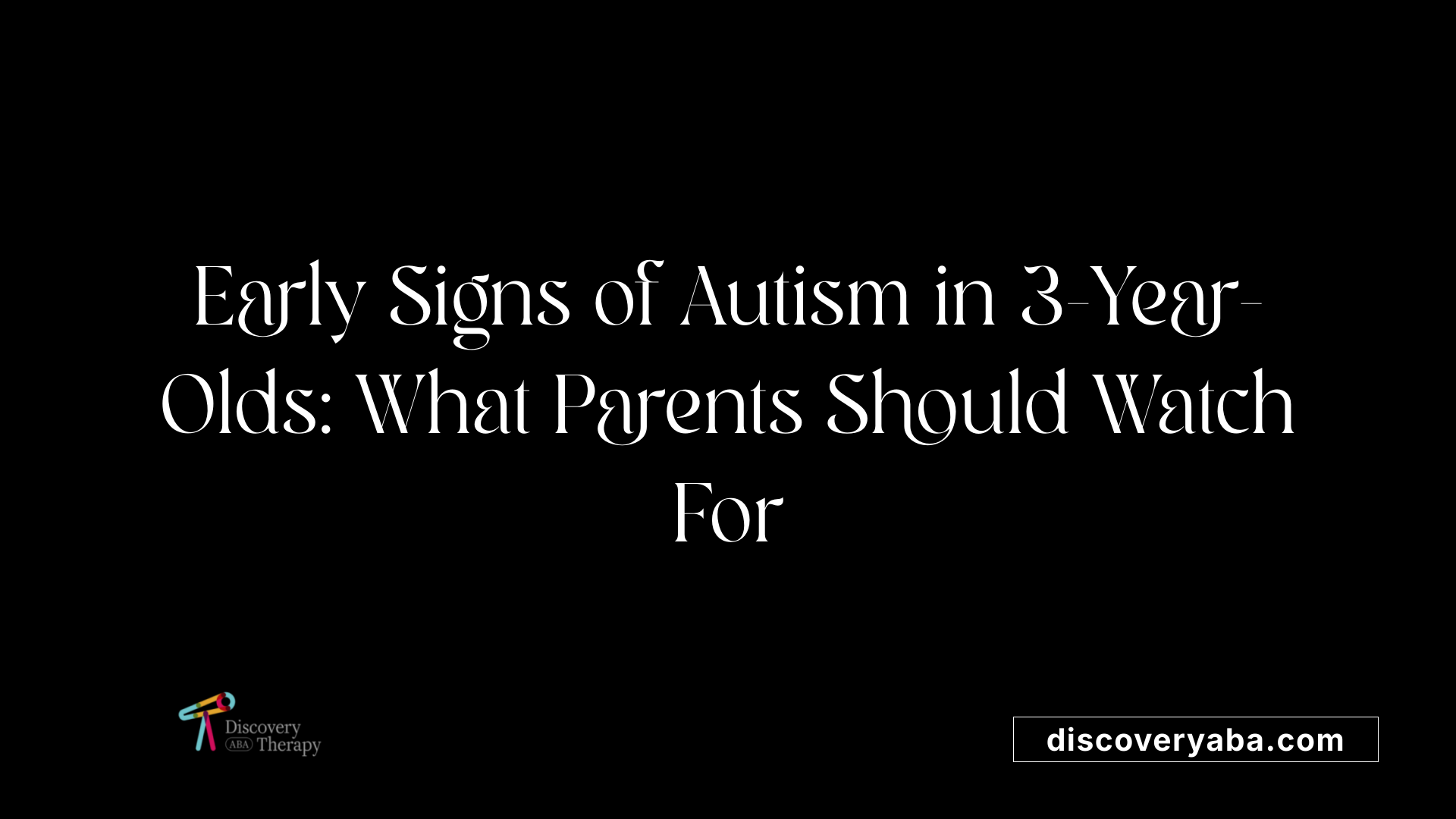
Developmental milestones
At age 3, children are expected to develop certain social, language, and play skills. Typically, a 3-year-old might use simple sentences, engage in pretend play, and show interest in playing with peers. However, children with autism might display delays or deviations from these milestones. For example, they may not respond to their name consistently, avoid eye contact, or play alone rather than interact with others. They might also have difficulty sharing or taking turns during play. In some cases, they may not use gestures like pointing or waving, which are important social communication skills at this age.
Behavioral patterns
Children with autism often exhibit repetitive behaviors, such as hand-flapping, spinning, or lining up toys repeatedly. They may insist on following specific routines and become upset with any changes to their usual schedule. Obsessive interests in particular topics or objects are common, and they might spend long periods focused on these interests.
Other behaviors include impulsivity, aggression, or self-injury, alongside tantrums or intense emotional reactions, especially when overwhelmed. Some children may show limited social interactions, such as not making eye contact or engaging in reciprocal conversations. Echolalia, the repetitious echoing of words or phrases heard elsewhere, can also be observed in children at this age.
Sensory responses
Sensory sensitivities are typical among children with autism. They might react unusually to lights, sounds, textures, or smells. For instance, they could cover their ears when hearing loud noises, avoid physical contact, or seek out certain sensory inputs while avoiding others. These atypical responses can include fascination with flashing lights or textures, or aversion to messy food or certain clothing fabrics.
Recognizing these signs early on is crucial. If a 3-year-old shows several of these developmental, behavioral, or sensory signs, consulting a specialist for assessment and possible diagnosis can facilitate early intervention, which significantly improves developmental outcomes.
Early Identification and Support for Children with Autism
Recognizing the five key traits of autism by age 3—including social withdrawal, repetitive behaviors, speech and language delays, sensory sensitivities, and developmental regression—can facilitate early diagnosis and intervention. Parents and caregivers should stay vigilant for red flags, monitor developmental milestones, and consult healthcare professionals if concerns arise. Early support through therapies like ABA, speech, and occupational therapy can make a significant difference in improving the quality of life and developmental progress of children on the spectrum. Awareness and proactive assessment are essential steps toward ensuring children receive the help they need to thrive.
References
- Signs of Autism in a 3-year-old: Symptoms and Diagnosis - Healthline
- 14 Signs of Autism in 3-Year-Olds & When to Seek Assessment
- Signs and Symptoms of Autism Spectrum Disorder - CDC
- The Main Signs of Autism in a 3 Year Old? - FDNA
- Signs of autism | Autism Speaks
- 3 Early Signs of Autism Spectrum Disorder (ASD)
- Could my child have autism spectrum disorder? - Mayo Clinic Health ...
- Autism Spectrum Disorder (ASD) Symptoms & Causes
- 5 Possible Autism Red Flags for Preschoolers
Does Your Child Have An Autism Diagnosis?
Learn More About How ABA Therapy Can Help
Find More Articles
Contact us
North Carolina, Nevada, Utah, Virginia
New Hampshire, Maine
Arizona, Colorado, Georgia, New Mexico, Oklahoma, Texas
.avif)


